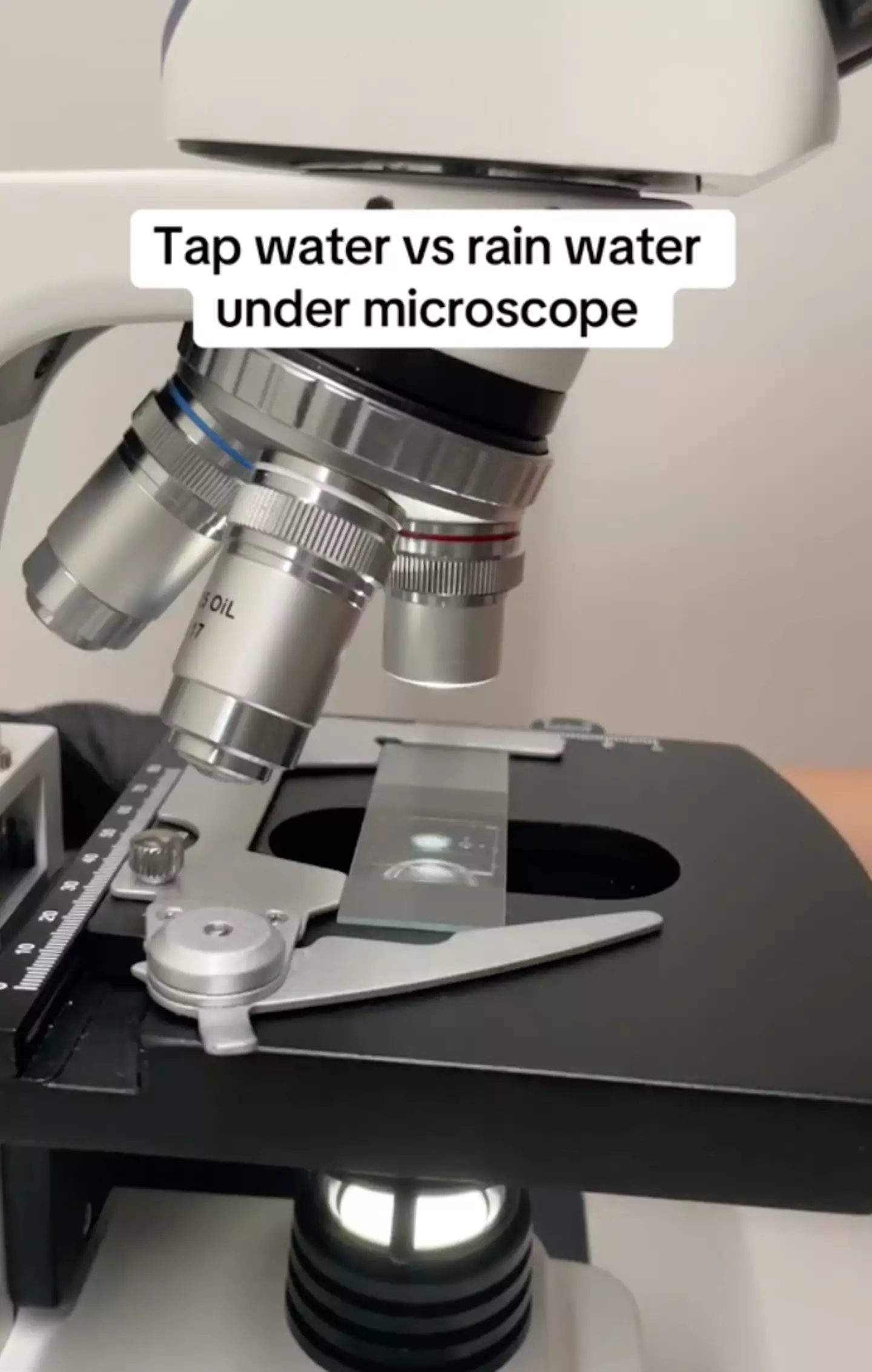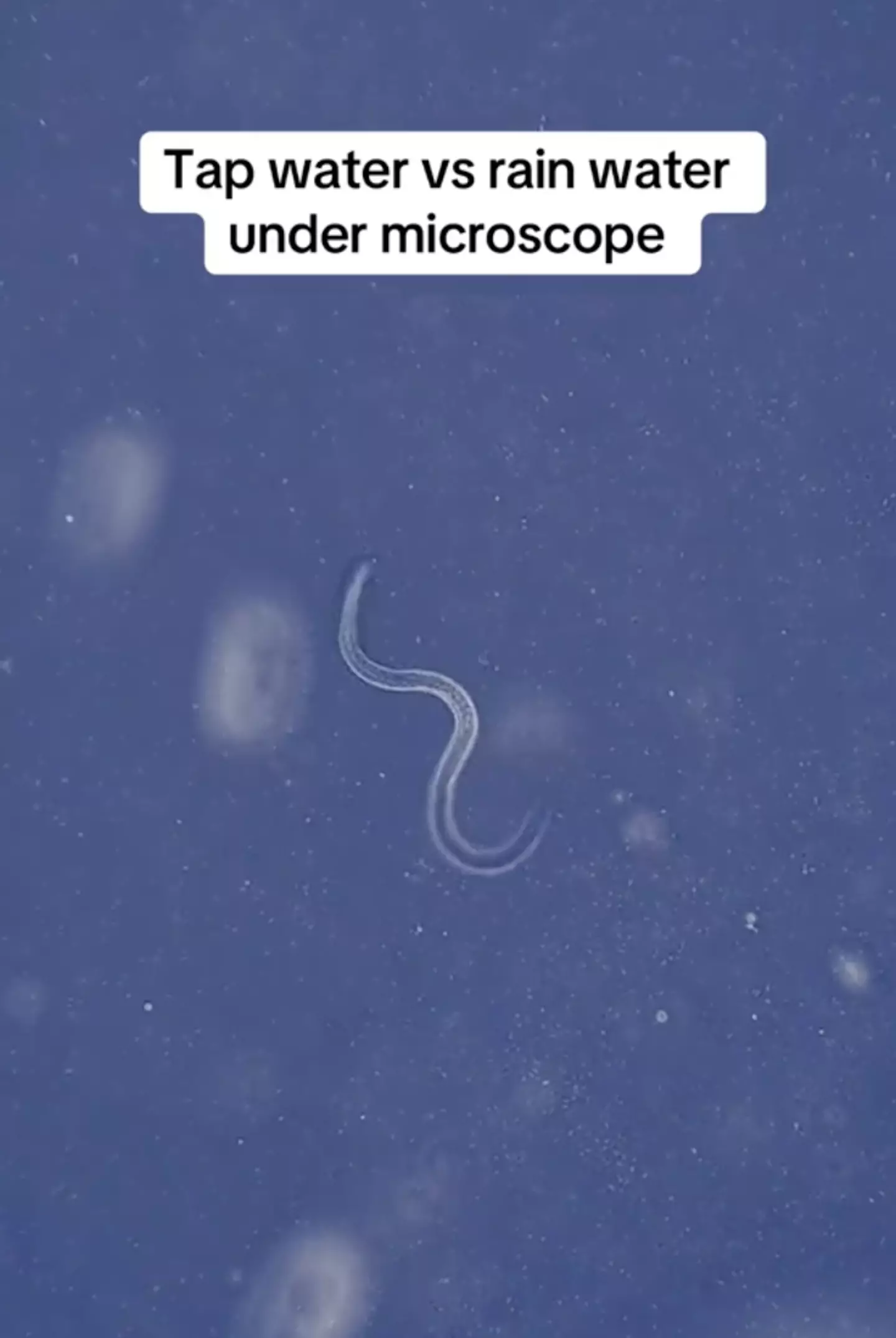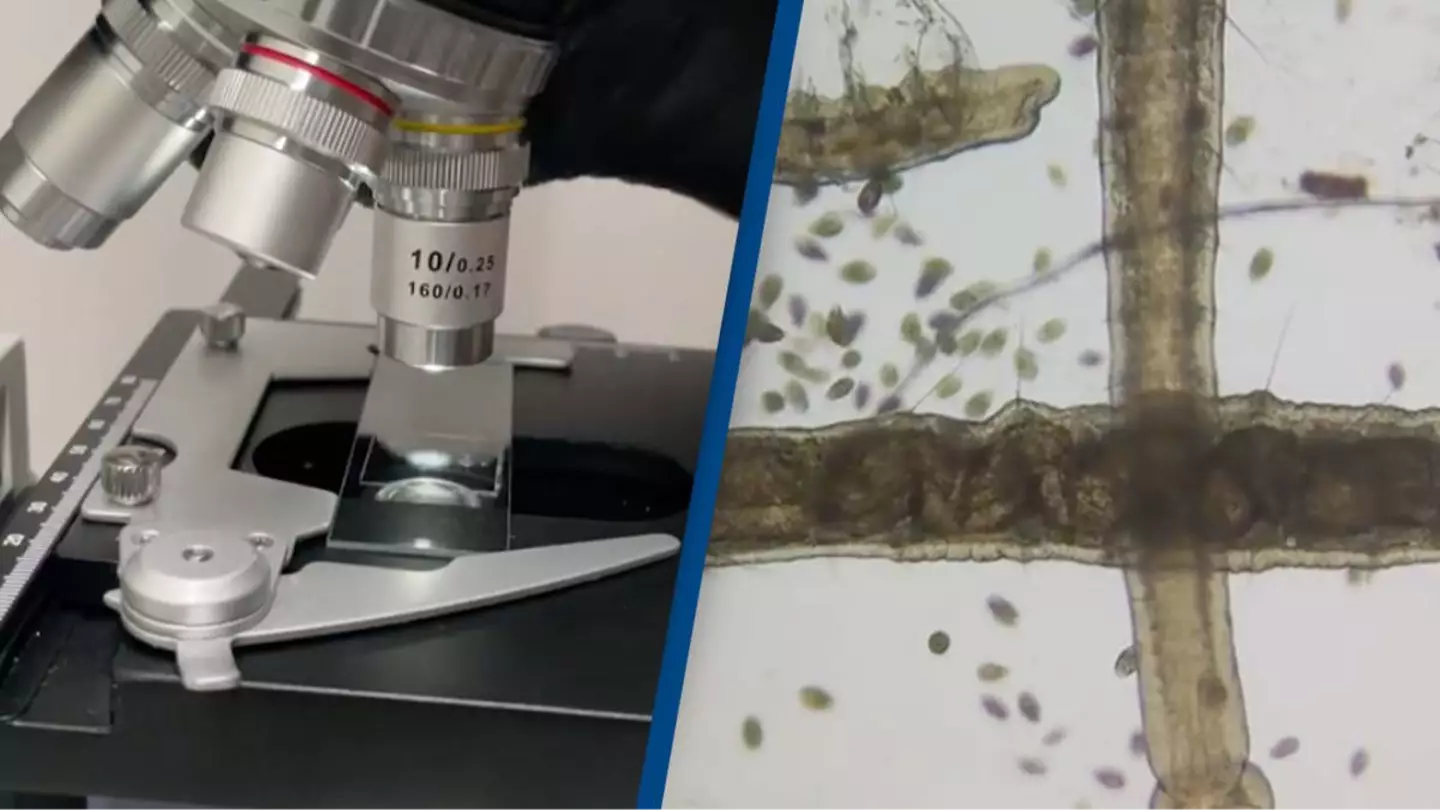A scientist has used a microscope to explore the microscopic world of rain and tap water, and the visuals are quite eye-opening.
In many countries, including England, Finland, and Switzerland, the safety of drinking tap water is generally taken for granted.
However, in numerous parts of the world, it’s advised against consuming water directly from the tap. A recent video vividly illustrates the reasons behind this caution.

On a TikTok profile that frequently examines various objects under a microscope, a user demonstrated the stark differences between tap and rain water.
Presumably located in the US, this individual observed an alarming array of living microorganisms in the tap water, possibly including copepods.
Additionally, a worm-like organism was visible in the magnified images of the tap water, raising concerns about what might be lurking in our drinking water.
The rain water wasn’t free from contaminants either, displaying several microorganisms that appeared to be parasites.
These revelations have naturally left many viewers feeling uneasy.
“Great now I’m terrified of water,” one viewer commented.
“Are you trying to make me never drink water again?” another asked.
“I never want to drink water ever again,” echoed a third.
Some users noted that the rain water sample might have been contaminated as it was collected from the ground.
“It defeats the purpose when you get the rain water from the ground,” one person noted.
“All those germs from the rain water were from the ground,” agreed another.
@microscope.vision
Despite the concerning footage of tap water, the Centers for Disease Control and Prevention (CDC) maintains that the US boasts ‘one of the safest public water supplies in the world’.

They further advise, “If you are concerned about contaminants in your home’s water system, contact your state drinking water certification officer to obtain a list of certified laboratories in your state. Depending on how many contaminants you wish to test for, the cost of a water test can range from $15 to hundreds of dollars.”
For rain water, the CDC recommends limiting its use to non-consumable purposes like watering non-edible plants or cleaning non-dining items.
“To lower your risk of getting sick, consider using rainwater only for uses such as watering plants that you don’t eat or washing items that are not used for cooking or eating,” the agency suggests.
“Avoid using rainwater for drinking, cooking, brushing your teeth, or rinsing or watering plants that you intend to eat. Instead, use municipal tap water if it is available, or purchase bottled water for these purposes.”

